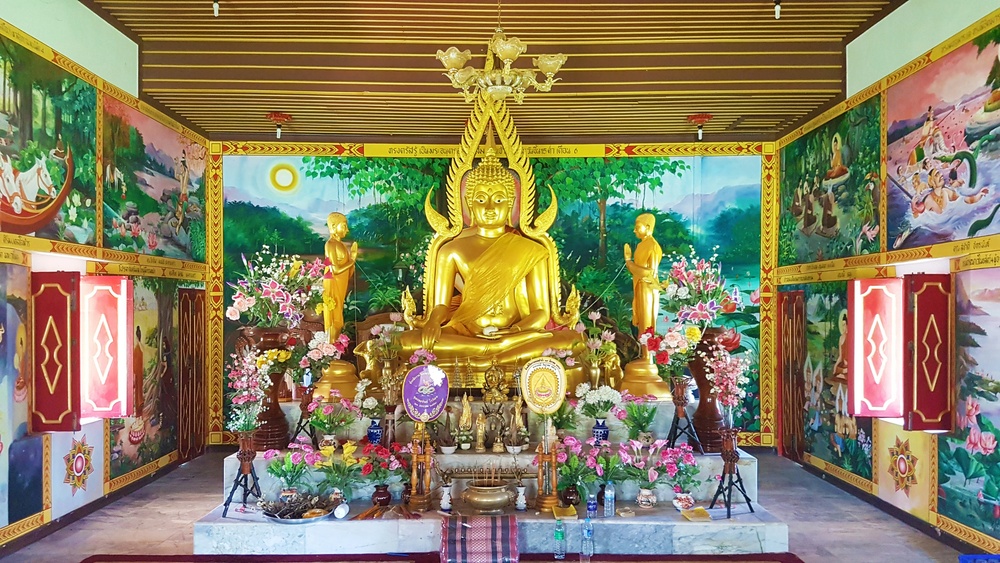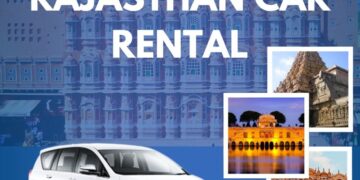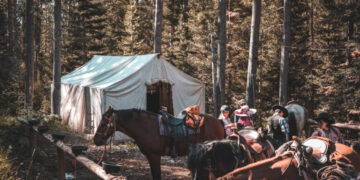India, the land where Gautama Buddha was born, attained enlightenment, and preached the path of liberation, is a treasure trove of Buddhist heritage. From the ancient stupas of Sarnath to the serene monasteries of Sikkim and Ladakh, the country pulses with spiritual energy. Among the many ways to experience this living tradition, participating in Buddhist festivals in India offers a unique and enriching cultural immersion.
These festivals are more than religious observances—they are vibrant cultural events filled with rituals, music, dance, prayer, and community gatherings. Whether you’re a devotee, a traveler, or a culture enthusiast, here’s a guide to the most celebrated Buddhist festivals in India that beautifully blend spirituality and tradition.
1. Buddha Purnima (Vesak): The Supreme Day of Celebration
Buddha Purnima, also known as Vesak, is the most revered festival in the Buddhist calendar. It marks the three major events in Buddha’s life—his birth, enlightenment, and Mahaparinirvana (death)—all said to have occurred on the same full moon day in the month of Vaisakha (April–May).
This sacred day is celebrated with great devotion at major Buddhist pilgrimage sites like Bodh Gaya, Sarnath, and Kushinagar. Devotees light butter lamps, chant sutras, meditate, and participate in processions. The celebrations are deeply spiritual but also culturally rich, as local communities often organize fairs, donate to the needy, and display traditional performances. As the most significant of all Buddhist festivals in India, Buddha Purnima is a must-experience event.
2. Hemis Festival: A Monastic Extravaganza in Ladakh
Held at the famous Hemis Monastery near Leh, Ladakh, the Hemis Festival is one of the most colorful and celebrated Buddhist festivals in India. It honors the birth anniversary of Guru Padmasambhava, who is credited with spreading Vajrayana Buddhism in the Himalayan regions.
The festival takes place in June or July and features elaborate Cham dances—ritual masked performances that depict the victory of good over evil. Monks don dramatic costumes and masks while dancing to traditional music played on drums, horns, and cymbals. The spiritual symbolism, set against the backdrop of Ladakh’s stark mountains, offers an unforgettable cultural spectacle.
3. Losar: The Tibetan Buddhist New Year
Losar marks the beginning of the Tibetan Buddhist New Year and is celebrated with joy and spiritual fervor in regions like Sikkim, Arunachal Pradesh, Ladakh, and Himachal Pradesh. Falling between January and March (based on the lunar calendar), Losar blends religious rituals with vibrant cultural expressions.
The festival begins with thorough house cleaning and offering prayers to deities. People wear traditional attire, prepare festive foods like Khapse (fried pastries), and visit monasteries for blessings. One of the key attractions of Losar is the Cham dance, performed in monasteries to expel negative energies and welcome positivity for the new year. This vibrant festival showcases the best of Himalayan Buddhist culture and remains one of the most cherished Buddhist festivals in India.
4. Drukpa Teshi: The Wheel of Dharma Turns
Drukpa Teshi commemorates the day when Lord Buddha delivered his first sermon—setting in motion the Wheel of Dharma. It is usually celebrated on the fourth day of the sixth Tibetan lunar month (July or August), primarily in Sikkim and Ladakh.
Devotees gather in monasteries to listen to the teachings of the Buddha and reflect on the Four Noble Truths and the Eightfold Path. Monks lead prayer sessions, and laypeople engage in good deeds and meditation. While less commercial than other festivals, Drukpa Teshi is spiritually powerful and a key part of the calendar of Buddhist festivals in India.
5. Ullambana: A Festival of Compassion and Remembrance
Ullambana, also known as the Ghost Festival, is observed to honor ancestors and help liberate the souls of the departed. Though its roots lie in Mahayana Buddhist traditions, it is celebrated in some Indian Buddhist communities, especially those influenced by East and Southeast Asian cultures.
Taking place in the seventh lunar month (usually August or September), the festival involves offering food and prayers to monks and hungry ghosts (pretas). It reflects the core Buddhist values of compassion, filial piety, and karmic responsibility. This festival, though lesser-known, adds spiritual depth to the spectrum of Buddhist festivals in India.
6. Kagyed Festival: Sikkim’s Sacred Ritual
Celebrated in December, the Kagyed Festival is one of the most important Buddhist events in Sikkim. It takes place just before the Tibetan New Year and is observed mainly in monasteries like Pemayangtse.
The highlight of the festival is the performance of Cham dances by monks in intricate masks and robes. These dances are not mere theatrical displays—they are symbolic rituals intended to dispel evil forces and purify the land before the new year begins. As with many Buddhist festivals in India, Kagyed blends spiritual goals with cultural artistry.
Why These Festivals Matter
Buddhist festivals in India are not only about rituals; they are about community, storytelling, healing, and hope. Each festival is an opportunity to reflect on the teachings of the Buddha, to engage with diverse cultures, and to experience the vibrant spiritual life of Buddhist communities across India.
Whether it’s the peaceful meditation on Buddha Purnima or the electrifying dances of Hemis, these festivals open doors to inner reflection and cultural appreciation. They allow participants to witness living traditions that have thrived for over two millennia.
Conclusion
India’s Buddhist festivals are as diverse as its landscapes—from the snow-capped monasteries of Ladakh to the sacred Bodhi tree of Gaya. These cultural celebrations bring the timeless wisdom of the Buddha into the present, offering meaningful experiences for spiritual seekers and travelers alike.
So whether you’re planning a spiritual journey or simply wish to explore a different side of India, let this cultural guide to the most celebrated Buddhist festivals in India be your starting point. Each festival offers not just a celebration, but a deeper connection to one of the world’s most profound paths of peace and enlightenment.


















